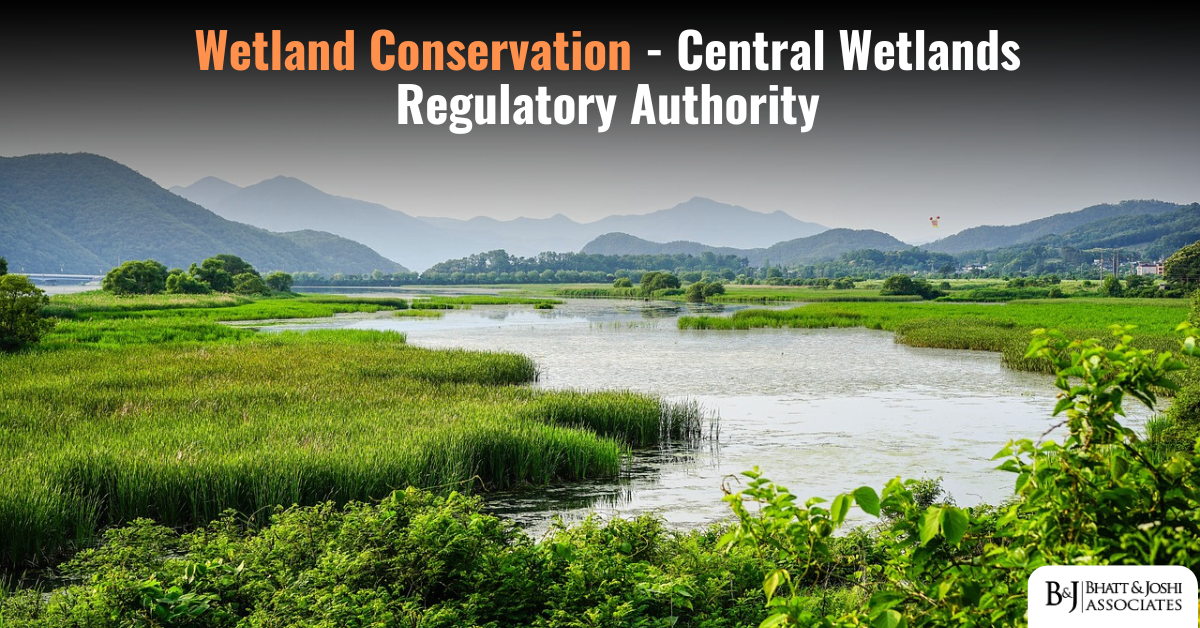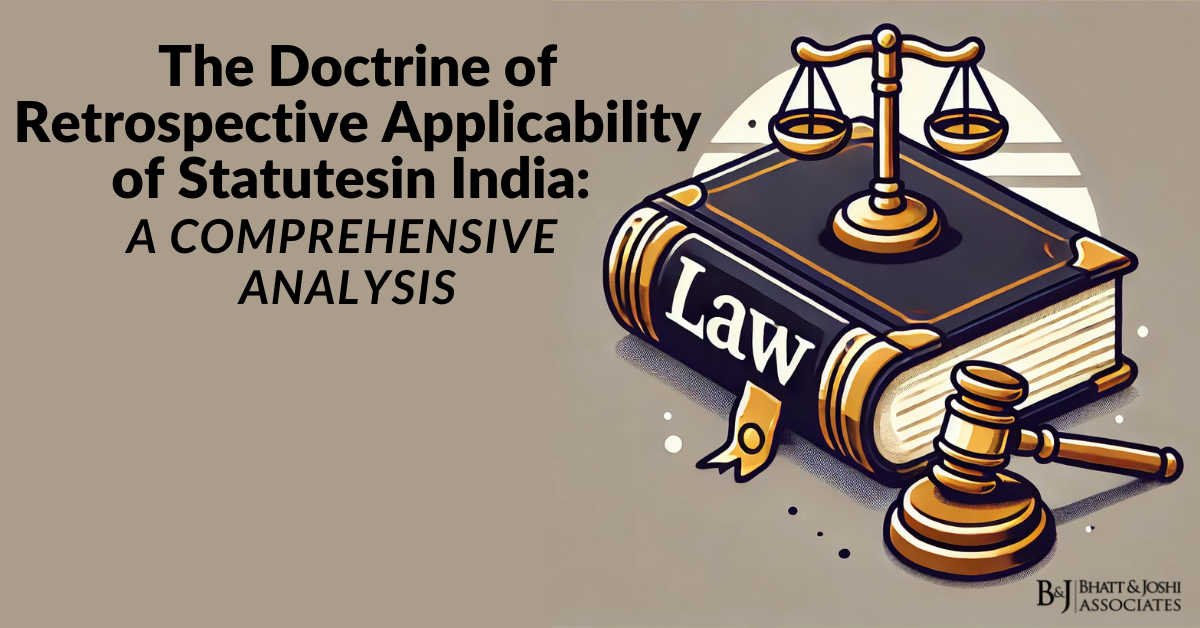Introduction
Wetland conservation in India represents a critical environmental imperative, with the Central Wetlands Regulatory Authority (CWRA) serving as the primary institutional mechanism for protecting these vital ecosystems. Wetlands, often described as the kidneys of the landscape, perform crucial ecological functions including water purification, flood control, carbon sequestration, and support for biodiversity. The establishment of the CWRA marks India’s commitment to preserving these essential natural resources through a structured regulatory approach that combines scientific management with legal protection.
Historical Context of Wetland Conservation in India
The journey of wetland conservation in India traces its roots to the pre-independence era when traditional communities maintained these ecosystems as part of their cultural practices. However, formal conservation efforts began with India’s participation in the Ramsar Convention of 1971, which brought international recognition to the importance of wetland conservation. The subsequent decades witnessed growing awareness about wetland degradation and the need for institutional mechanisms to protect these ecosystems.
The evolution of wetland conservation in India gained momentum in the 1980s and 1990s, with various initiatives undertaken at both central and state levels. The National Wetland Conservation Programme, launched in 1985, marked the first systematic approach to wetland protection. However, the absence of a dedicated regulatory authority became increasingly apparent as wetlands continued to face threats from urbanization, industrial development, and agricultural expansion.
Legal Framework for Wetland Conservation
The legal foundation for wetland conservation in India rests primarily on the Wetlands (Conservation and Management) Rules, initially notified in 2010 and subsequently revised in 2017. These rules, formulated under the Environment (Protection) Act, 1986, provide the statutory framework for the Central Wetlands Regulatory Authority. The legal framework encompasses various aspects of wetland protection, including identification, classification, and regulation of activities within and around wetland areas.
The Supreme Court has played a pivotal role in strengthening wetland conservation through various landmark judgments. The court’s intervention in cases like M.C. Mehta vs. Union of India and the Sukhna Lake case has established important precedents for wetland protection. These judicial pronouncements have emphasized the principle of sustainable development and the need to balance ecological conservation with development needs.
Institutional Structure of CWRA
The Central Wetlands Regulatory Authority operates within a multi-tiered institutional framework that ensures comprehensive oversight of wetland conservation efforts. At the apex level, the Authority comprises experts from various fields including ecology, hydrology, fisheries, and social sciences. This multidisciplinary composition enables holistic decision-making that considers both ecological and socio-economic aspects of wetland conservation.
The organizational structure extends to state and local levels through State Wetland Authorities and various implementing agencies. This hierarchical arrangement facilitates coordinated action while allowing for local-level adaptation of conservation strategies. The Authority maintains strong linkages with research institutions, civil society organizations, and local communities, creating a collaborative network for wetland protection.
Functions and Powers of CWRA
The Central Wetlands Regulatory Authority exercises extensive functions and powers aimed at ensuring effective wetland conservation. These include the identification and classification of wetlands, regulation of activities within wetland areas, and oversight of conservation programs. The Authority has the power to issue directions for wetland protection, approve integrated management plans, and take punitive action against violations of wetland regulations.
Research and monitoring form crucial components of the Authority’s functions. The CWRA coordinates scientific studies on wetland ecology, maintains databases of wetland resources, and monitors changes in wetland characteristics. This scientific approach enables evidence-based decision-making and helps in developing appropriate conservation strategies.
Conservation Strategies
The conservation strategies adopted by the Central Wetlands Regulatory Authority encompass a wide range of interventions designed to protect and restore wetland ecosystems. These strategies combine ecosystem-based approaches with community participation, recognizing the intricate relationship between wetlands and local communities. The Authority promotes integrated watershed management, emphasizing the interconnectedness of various ecological components.
Habitat restoration represents a key aspect of conservation strategy, involving activities such as removal of encroachments, control of invasive species, and restoration of natural hydrology. The Authority also focuses on maintaining ecological character through regulation of water extraction, prevention of pollution, and protection of biodiversity. These efforts are supported by regular ecological monitoring and adaptive management practices.
Regulatory Mechanisms
The regulatory mechanisms implemented by the CWRA operate at multiple levels to ensure comprehensive protection of wetland ecosystems. These mechanisms include the designation of wetlands under different categories based on their ecological significance, regulation of activities within notified wetlands, and establishment of buffer zones. The Authority employs both prohibitive and promotional measures to achieve conservation objectives.
Compliance monitoring forms an essential component of the regulatory framework. The Authority conducts regular inspections, reviews environmental impact assessments, and enforces penalties for violations. The regulatory approach also incorporates mechanisms for stakeholder consultation and grievance redressal, ensuring transparency and accountability in decision-making.
Implementation Framework of Wetland Conservation
The implementation of wetland conservation measures follows a structured framework that ensures systematic execution of conservation plans. This framework includes detailed guidelines for wetland identification, preparation of integrated management plans, and monitoring of conservation outcomes. The Authority coordinates with various implementing agencies and provides technical support for effective implementation of conservation measures.
Capacity building plays a crucial role in implementation, with the Authority conducting regular training programs for stakeholders involved in wetland conservation. These programs cover various aspects including scientific monitoring, legal compliance, and community engagement. The implementation framework also includes provisions for regular review and adaptation of conservation strategies based on emerging challenges and lessons learned.
Challenges and Solutions in Wetland Conservation
The conservation of wetlands faces numerous challenges including urbanization pressure, pollution, climate change impacts, and resource conflicts. The Authority addresses these challenges through a combination of regulatory measures, technological interventions, and stakeholder engagement. Innovative solutions are developed to address specific challenges while maintaining the ecological integrity of wetland systems.
Resource mobilization represents a significant challenge in wetland conservation. The Authority works to secure adequate funding through various sources including government allocations, international cooperation, and private sector participation. Solutions also focus on developing sustainable financing mechanisms to ensure long-term support for conservation efforts.
Case Studies and Precedents
Numerous case studies illustrate the effectiveness of wetland conservation measures implemented under the Authority’s guidance. The restoration of urban wetlands like East Kolkata Wetlands demonstrates successful integration of ecological conservation with urban development. Similarly, the conservation of high-altitude wetlands in Ladakh showcases the adaptation of conservation strategies to unique ecological contexts.
Legal precedents established through various court judgments have strengthened the Authority’s mandate. The Supreme Court’s interventions in cases related to wetland encroachment and pollution have provided important guidelines for wetland protection. These precedents serve as references for addressing similar challenges in other wetland areas.
International Cooperation
The Central Wetlands Regulatory Authority maintains active engagement with international organizations and participates in global wetland conservation initiatives. This cooperation enables exchange of knowledge, technical expertise, and best practices in wetland management. The Authority’s work aligns with international conventions including the Ramsar Convention, Convention on Biological Diversity, and various bilateral agreements.
International cooperation extends to research collaboration, capacity building, and implementation of joint conservation projects. The Authority facilitates participation of Indian wetland managers in international forums and promotes sharing of experiences with other countries. This global engagement helps in adopting innovative approaches and maintaining international standards in wetland conservation.
Future Perspectives of Wetland Conservation
The future of wetland conservation in India faces both challenges and opportunities. Climate change impacts, increasing development pressure, and changing land use patterns pose significant challenges. However, advancing technology, growing environmental awareness, and strengthening institutional mechanisms provide opportunities for enhanced conservation efforts.
The Authority continues to evolve its strategies to address emerging challenges while capitalizing on new opportunities. Future perspectives include the adoption of advanced monitoring technologies, development of climate-resilient conservation approaches, and strengthening of community-based conservation initiatives. The focus remains on ensuring long-term sustainability of wetland ecosystems while meeting societal needs.
Conclusion
The Central Wetlands Regulatory Authority stands as a crucial institution in India’s environmental governance framework, playing a vital role in protecting and managing wetland ecosystems. Through its comprehensive approach combining regulatory oversight, scientific management, and stakeholder engagement, the Authority continues to advance the cause of wetland conservation in India.
The success of wetland conservation efforts depends on continued strengthening of institutional mechanisms, sustained resource commitment, and active participation of all stakeholders. As India faces growing environmental challenges, the role of the Central Wetlands Regulatory Authority becomes increasingly important in ensuring the preservation of these vital ecosystems for future generations. The Authority’s work demonstrates India’s commitment to environmental conservation while providing a model for effective natural resource management.














